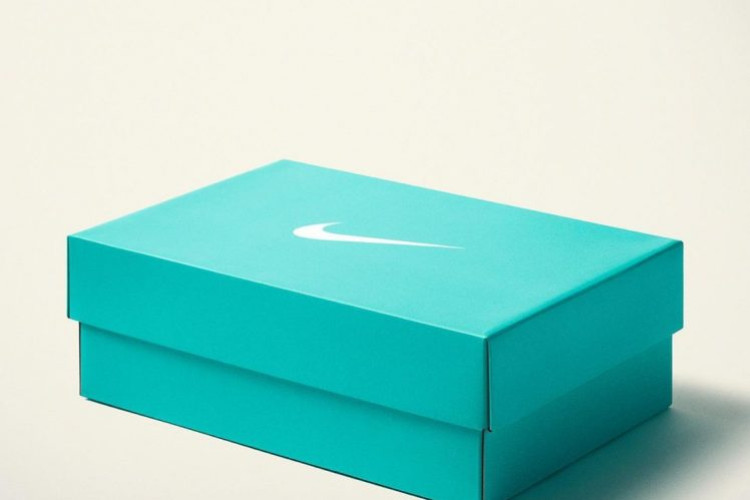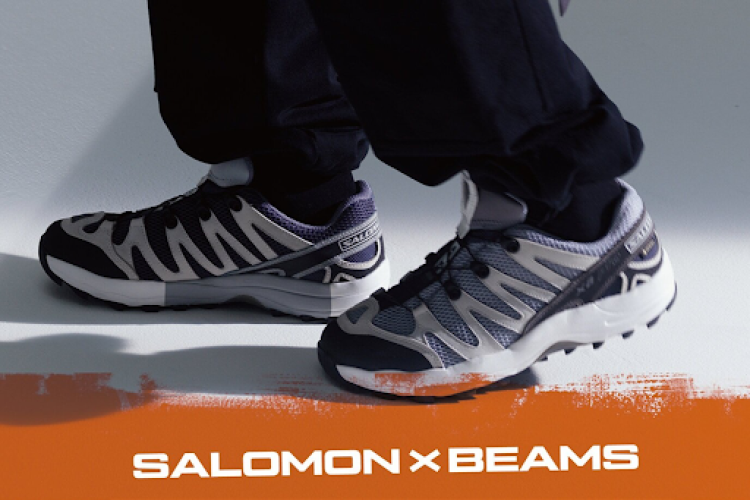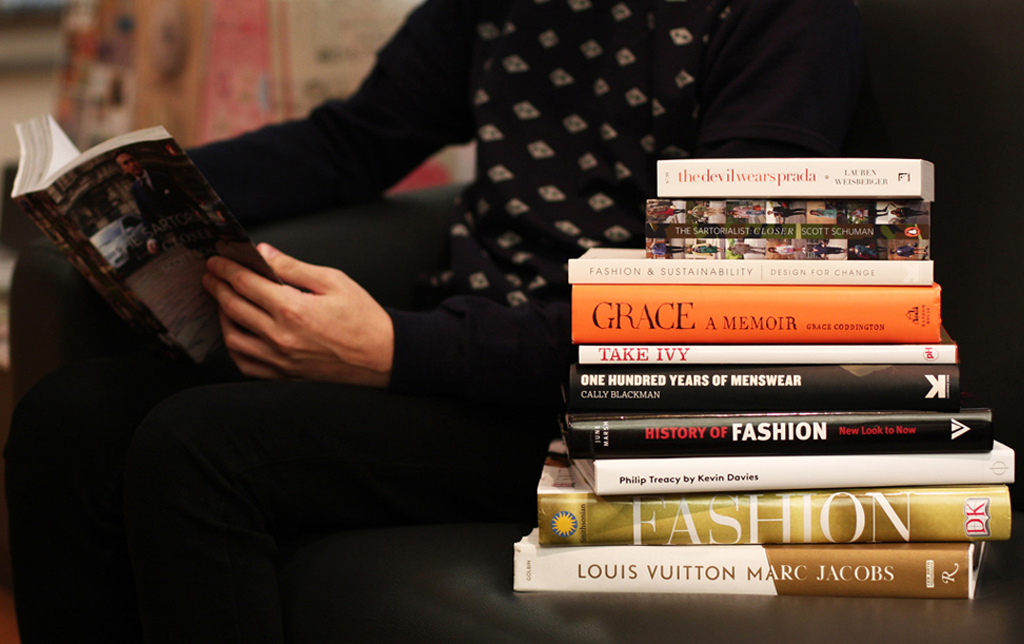
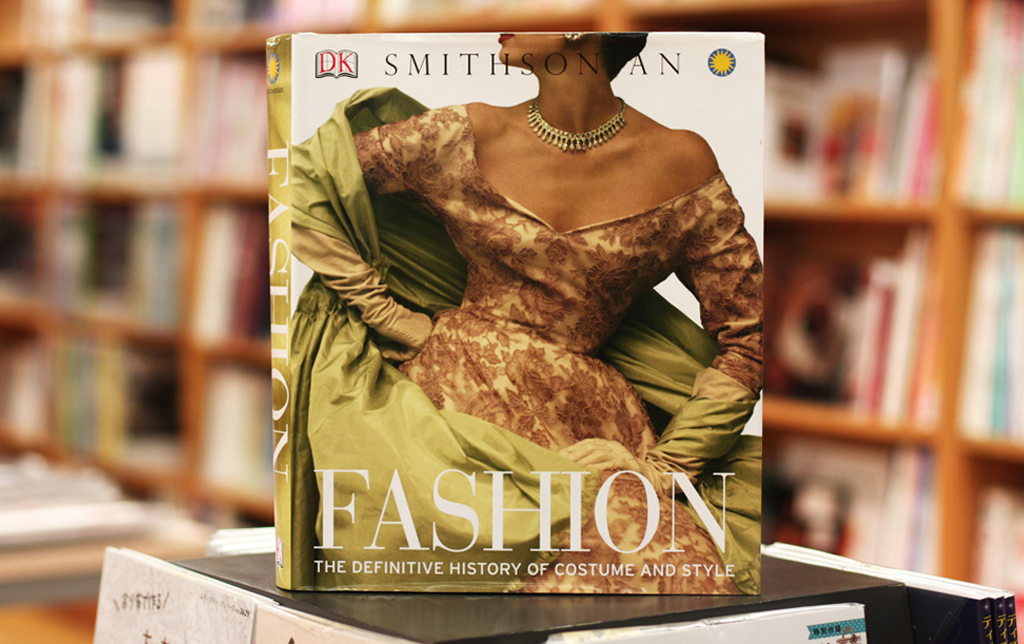
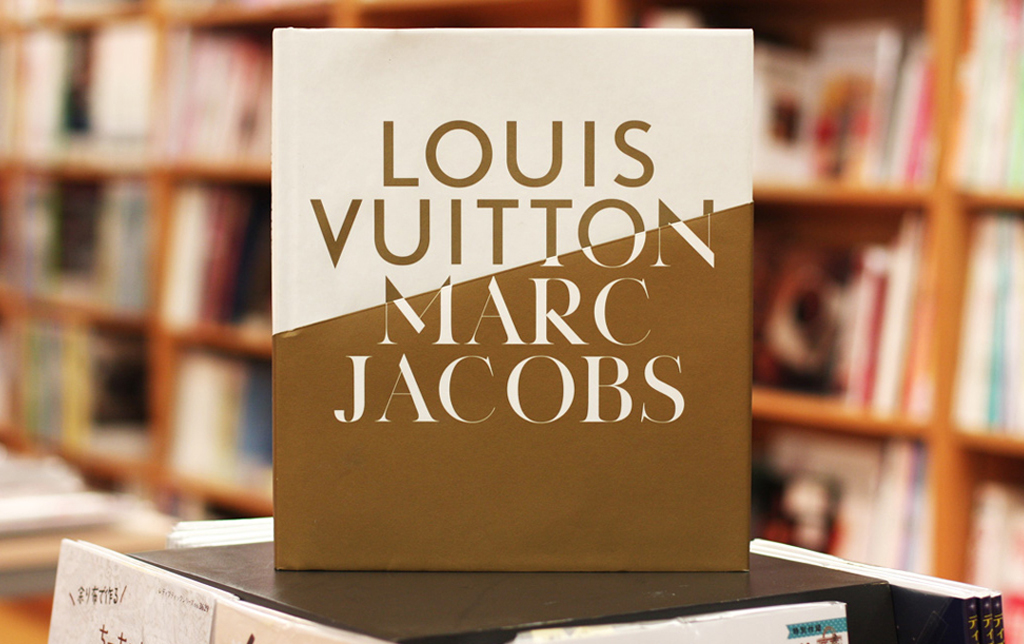
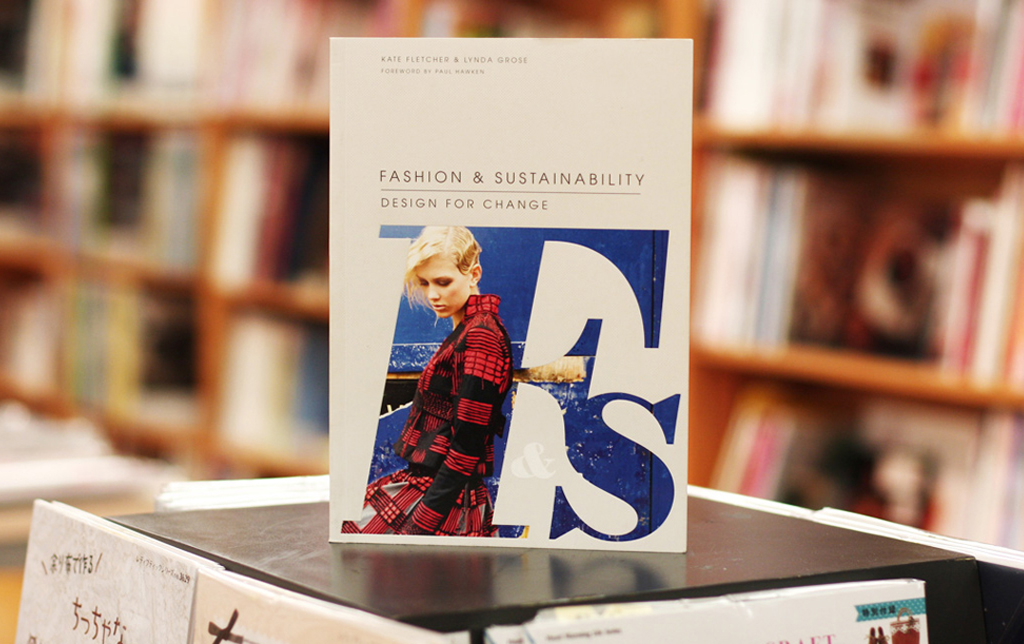
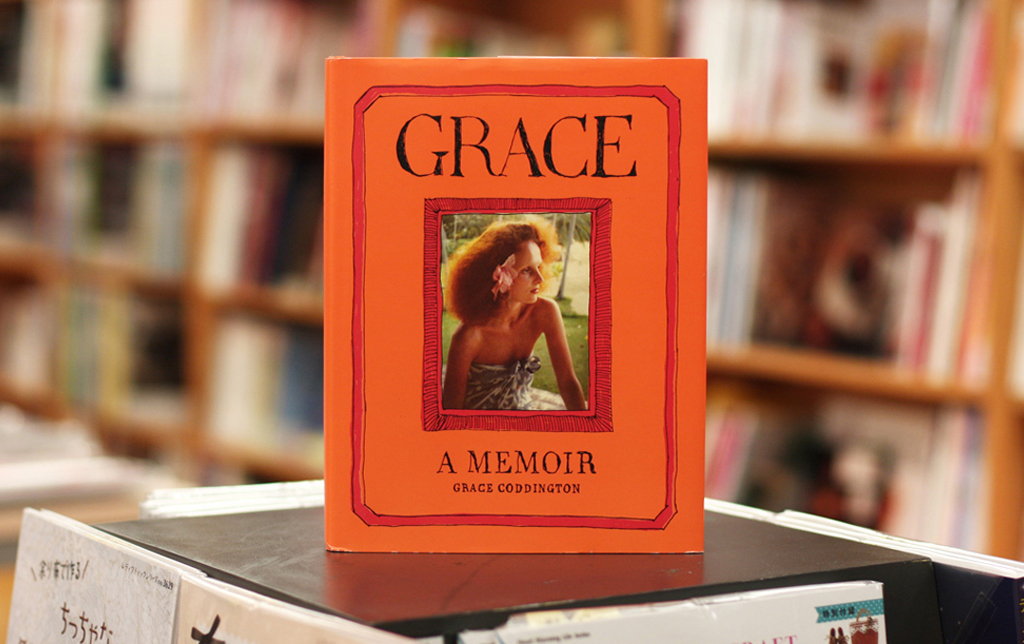

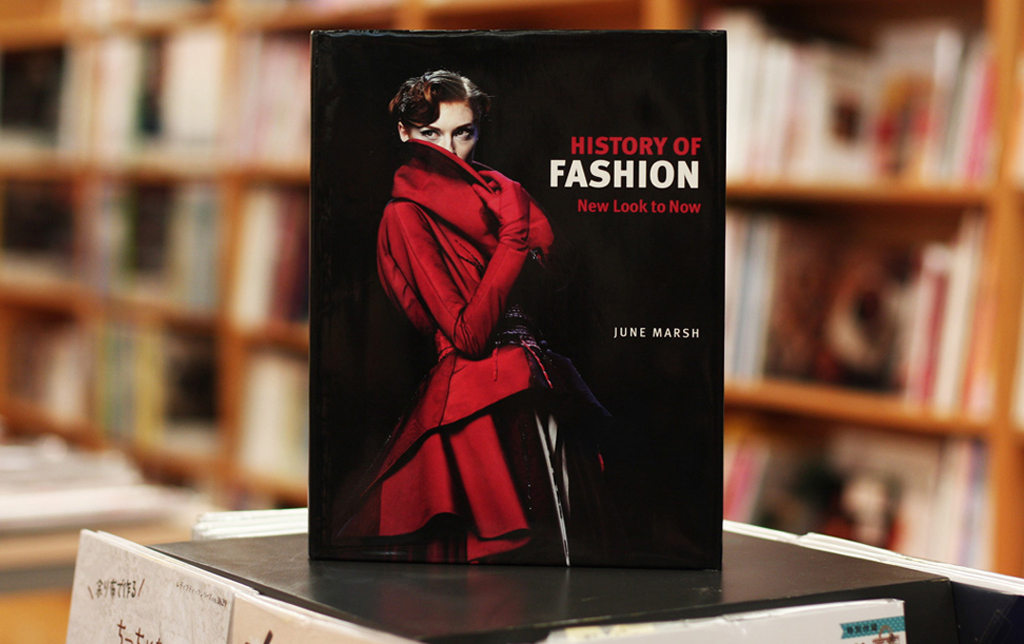
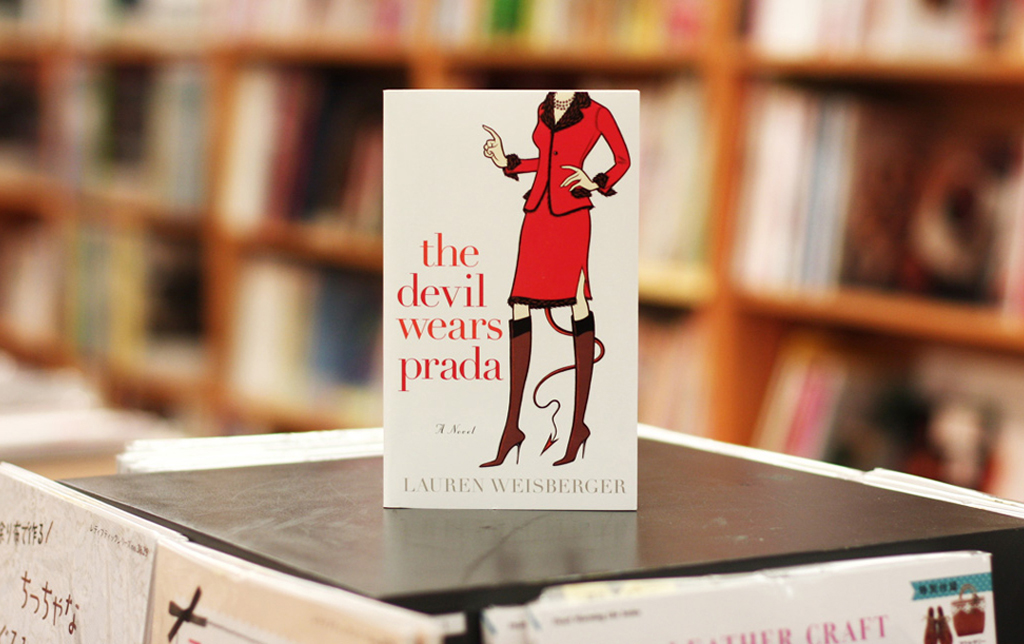
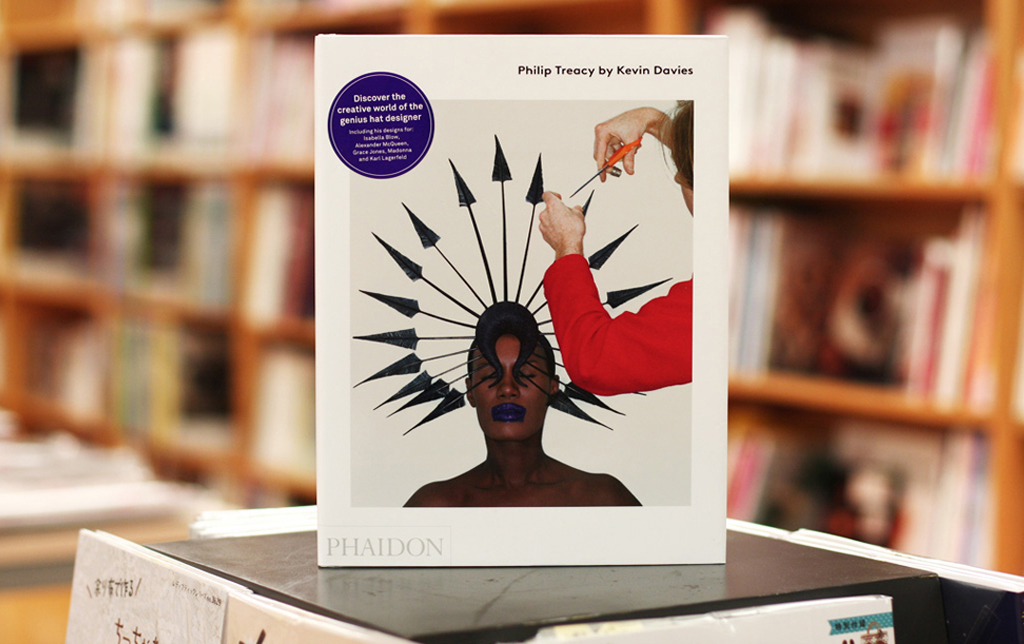
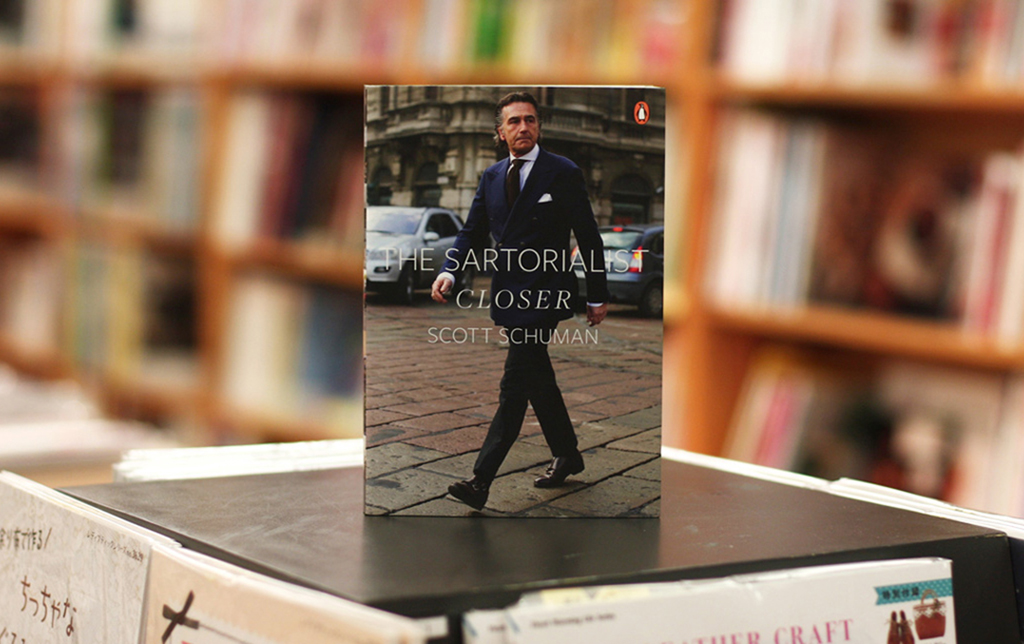
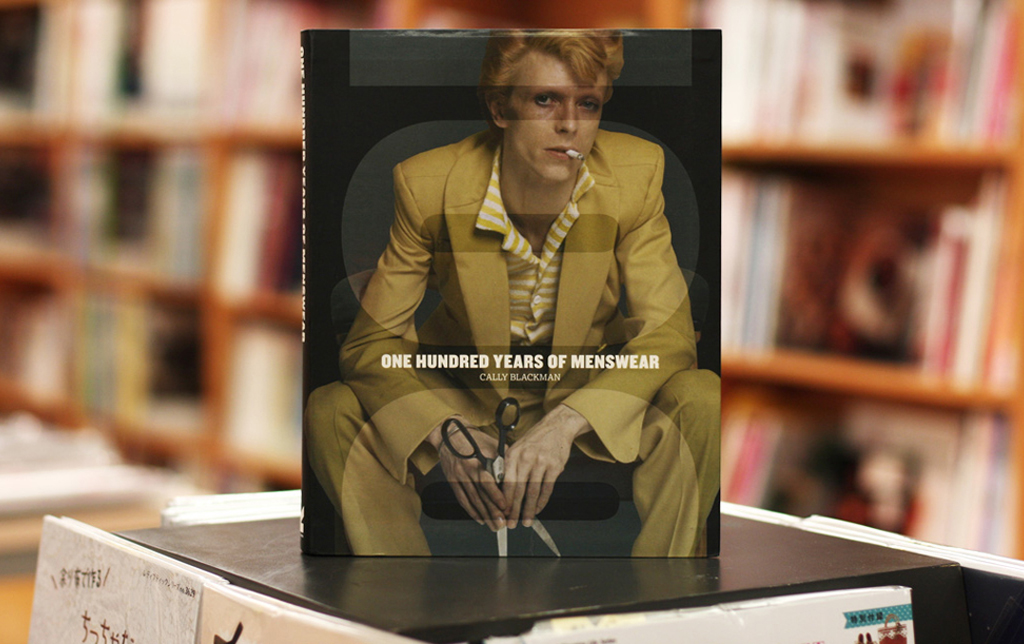
Fashion: The Definitive History of Costume and Style
Edited by Susan Brown
Dorling Kindersley
Whether you realize it or not, fashion – or clothes, for that matter – has been an inseparable part of human life since thousands of years ago. A collaboration with the Smithsonian Institute, Fashion: The Definitive History of Costume and Styleis a 480-page compendium on its history, telling us chronologically about the what, who, why, and how behind the act of dressing up from the pre-history era to the year of 2012. The book is divided into many chapters – each of which highlights a period that shares similar style aesthetics through eye-pleasing illustrations and photographs. Providing detailed descriptions of the featured clothes and accessories, interesting tidbits of knowledge can be gleaned from it: What did the Ancient Egyptians wear? Why was Queen Elizabeth I considered the fashion icon during the Renaissance era? Who was the defining designer in the Jazz Age era? Besides discussions on the style of yore, several chapters on the more recent fashion developments also prove to be enriching, from the post-war New Look by Christian Dior; the 1950s Teddy Boys style; mannish pants for women as revolutionized by Yves Saint Laurent; the avant-garde Japanese design by the likes of Rei Kawakubo and Issey Miyake; to the rise of celebrity-obsessed culture in fashion right now. Some charts tracing the evolution of women’s clothes and bags, among others, within 3,000 years are amusing, while the technical glossary in the back examines everything, from “barrel cuff” to “lederhosen.” Contextualizing fashion within the timeline of history, this book is a valuable reference for any fashion enthusiasts.
Louis Vuitton/Marc Jacobs
Edited by Pamela Golbin
Rizzoli New York
Originally conceived to accompany an exhibition of the same name at Les Arts Décoratifs, Paris in 2012, Louis Vuitton/Marc Jacobsis an eye-grabbing monograph – well, “duograph,” to be exact – that trails the journeys of two men behind the most recognizable label in fashion. Louis Vuitton, the man himself, founded his eponymous Parisian trunk-maker brand in 1854, which turned into a luxury house that fit the needs of a new breed of travelers. Vuitton’s inimitable attention to craftsmanship and his now world-famous monogram are dissected in the first half of the book, which also lends us a glimpse toward how the French bourgeoisie traveled and dressed up circa 19th century. A reproduction of Vuitton’s first commercial catalog in 1892 in the form of a tiny booklet is also a nice touch. The book’s next half, though, examines someone who can be described as the rock star of fashion: Marc Jacobs. After taking the rein of Louis Vuitton as its artistic director in 1997, the American designer – known at that time for his grunge-inspired collection – launched the house into the stratospheric level of fame through his ready-to-wear collections. His design is irreverent, rule-breaking, and most importantly, makes women all over the world swoon. An oral history chapter with Jacobs’s Vuitton design team reveals what it takes to create an endless stream of collections and awe-inspiring shows. Another chapter focuses on a series of collaborations that Jacobs did with three artists – Takashi Murakami, Richard Prince, and Stephen Sprouse – that perfectly showcases how Jacobs is constantly inspired with the world of art. It is apparent through this beautiful photo-laden book that both Vuitton and Jacobs had made an indelible mark within fashion, but it is the latter who will shepherd the luxury label to an even more exciting ground in the future.
Fashion & Sustainability: Design For Change
By Kate Fletcher and Lynda Grose
Laurence King
With the increasingly fast pace of fashion along with the disadvantages resulting from it – the recent Bangladesh garment factory tragedy comes to mind – it is no wonder that sustainability has become a big buzzword in the industry now. Believing that the practice of sustainability can transform the whole fashion industry and create better lives for everyone involved in it (from the factory workers to the consumers), fashion professionals Kate Fletcher and Lynda Grose examine the various ways the practice can be incorporated into the fashion system in Fashion & Sustainability: Design For Change.Three main themes become the focus in this succinct yet informative book. First, they consider a new form of materials that can be used by designers, such as renewable and biodegradable fibers as well as natural dyes. Next, they investigate the better methods to be implemented in the fashion system: trans-seasonal garments, the involvement of local artisans, and the notion of slow fashion that is concerned with the optimized lifetime of the clothes we buy and wear. Lastly, Fletcher and Grose also look into the opportunities to make designers as the activists for sustainable fashion. After all, if these tastemakers can convince their customers to be more appreciative of what they wear, and not merely become a trend victim, the goals of sustainability will be much easier to achieve. Who knows that being green doesn’t mean we should sacrifice our style points?
Grace: A Memoir
By Grace Coddington
Random House
The most memorable fashion images are obviously credited to the photographers, but sometimes it is forgotten that there is another important person behind it: the stylist. They act just like a movie director, from choosing the clothes to wear, directing the entire shoot, to deciding the message that they want to convey inside the pages of a magazine or an ad campaign. Enter Grace Coddington, the stylist extraordinaire. Grace: A Memoiris an autobiographical account of her 40-plus-year career in the fashion industry. Growing up in a small Welsh island in the UK, Coddington started out as a model in London during the Swinging Sixties, before a car accident abruptly ended her freewheeling modeling life. But her passion landed her a job as a junior fashion editor at the British Vogue, before finally beginning her tenure as Creative Director at the American Vogue, a position she still holds now at the age of 72 years old. It is a fun memoir to read, peppered with many stories told in her irreverent, unmistakably British tone (“I’ve come to see her as the possessor of an almost Margaret Thatcher-like, straight-faced control,” wrote Coddington in a chapter about her boss, Anna Wintour). Her quirky yet charming illustrations are also abound – she drew everything, from her colleagues to her beloved feline pets. Yet the book is also a reminder that she’s an influential figure who elevates the world of fashion to the nth degree through her monthly Vogue spreads that are equal parts romantic and groundbreaking, for which she has worked with the world’s best fashion photographers: Bruce Weber, Annie Leibovitz, Steven Meisel. Coddington creates unforgettable narratives through her fashion stories, and she gives us a license, if you will, to dream.
Take Ivy
By Teruyoshi Hayashida, Shosuke Ishizu, Toshiyuki Kurosu & Hajime Hasegawa
powerHouse Books
If you are an avid style-watcher who frequents street-style blogs such as The Sartorialist, you will not be surprised to see a noticeable amount of preppy men out there, be it on the streets of Tokyo or within the confines of Jakarta’s malls. This specific style is mostly signified by a certain set of paraphernalia: knitted cardigan, boat shoes, rolled-up chinos. And it wouldn’t be inaccurate to say that they are, in some ways, influenced by the collegiate style of the Ivy League students in the 1960s – as documented in Take Ivy. Photographed and written by four Japanese men who were keen with the way male students at the best American schools dressed up at that time, this book was originally published in 1965 in Japan. Every aspect of the so-called “Ivy Style” is explained here: college life (from doing assignments in library to going to football games), the aforementioned college style (jackets with “Harvard” or “Dartmouth” emblazoned on it, anyone?), as well as the well-crafted American-made garments by the likes of J. Press and Brooks Brothers. Vintage photos of smiling Ivy League students in madras-checked shorts and varsity jackets, strolling through their leafy campuses, are also featured heavily here. Now reprinted in English, this book shows that preppy style has stood the test of time and will continue to influence the men-about-town of the next generations.
History of Fashion: New Look to Now
June Marsh
Vivays Publishing
Written by former Fashion Editor of The Daily Mail, June Marsh, History of Fashion: New Look to Now provides a brief but thorough insight into the world of fashion since the post World War II period. The book covers an extensive range of topics that includes Haute Couture, the emergence of “ready-to-wear” and a handful of influential fashion designers. Other than being shown 250 images, readers are also enlightened by the motivation behind distinct trends that punctuated each decade. This book is a useful and rewarding tool for industry professionals; students and even enthusiasts who want to delve deeper into this creative and beguiling world of fashion.
The Devil Wears Prada
Lauren Weisberger
Broadway Books
The Devil Wears Prada is probably one of the present-day novels that do not need an introduction. This fashion novel’s popularity hit the roof when it was brought to the big screens in 2006 starring Meryl Streep and Anne Hathaway. Set it the iconic New York City, it chronicles the life of Andrea Sachs, a small-town girl fresh out of college, who suddenly found herself taking the position an editorial assistant that “a million of girls would die for.” Of course, there is a catch. Her boss is the venerable and most powerful woman in the fashion industry, Miranda Priestly. To put it simply, she is demanding. Andrea soon has to make an important life decision – a bright future in the publishing industry and forsake her family and loved ones or the other way around. While the novel depicts an unrealistic view of the fashion publishing industry as a whole, it is nonetheless a fun and thrilling read.
Philip Treacy by Kevin Davies
Kevin Davies
Phaidon Press
Discovered by the late fashion icon, Isabella Blow, in 1990, Philip Treacy goes on to become one of the most celebrated and prolific hat designers of our time. Since then, Treacy’s creations have graced the most famous heads in the world including Madonna and Grace Jones. Taken over the years by fashion photographer Kevin Davies, the book provides an exhilarating glimpse into the behind-the-scenes of creating architectural and avant-garde hats, backstage show preparations and fittings with famous clients. The fact that Treacy and Davies accompany the images with short and intimate accounts makes it an even more endearing read. Indeed, Davies, who described the content as “the preparation, the atmosphere, and the attention to detail,” best sums the book.
The Sartorialist: Closer
Scott Schuman
Penguin Group
What started as a blog with the simple intention of showing unique and stylish individuals on the street, The Sartorialist has grown into an influential site that “receives over 14 million page views per month.” The Sartorialist: Closer is street fashion photographer, Scott Schuman’s second book that showcases a deeper and intimate profile on his subjects. Schuman described it as more tightly composed portraits that brought him “closer to the true essence of the person while still capturing them as stylish subjects.” This book is also useful for those who find runway looks inaccessible and wants to approach fashion through the looks of everyday people on the street.
100 Years of Menswear
Cally Blackman
Laurence King Publishing
The public has often overlooked menswear for the past few decades, as they focus more on its “sister,” womenswear. However, it is menswear that has been, and still is, an important influence on contemporary womenswear for the past century. 100 Years of Menswear is an indispensable book that covers styles that has dominated menswear, as the title suggests, for the past hundred years. The strength of this book lies in the fact that, not only it meticulously categorized the styles that reflect the zeitgeist of the era, it also provides plenty of images to accompany the text. In addition, this book not only serves as reference book, but also the role of menswear in the context of sociology for those who approach this book academically.









